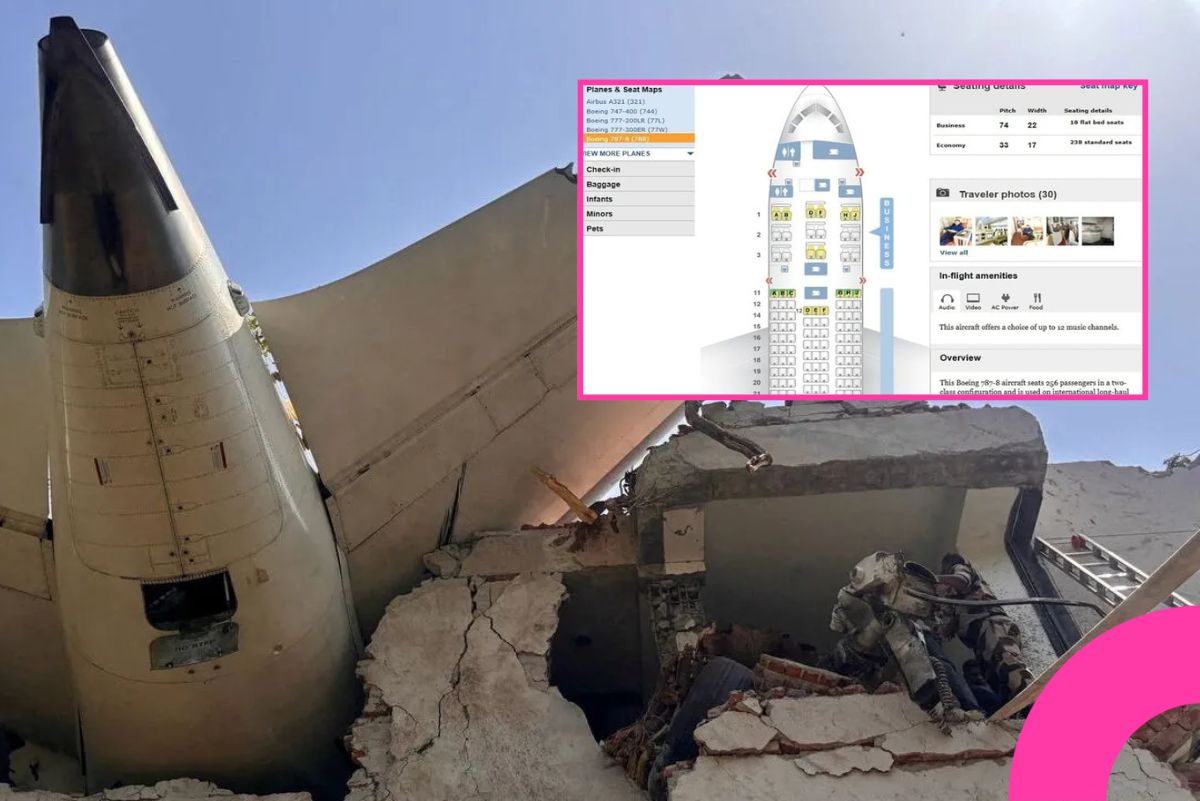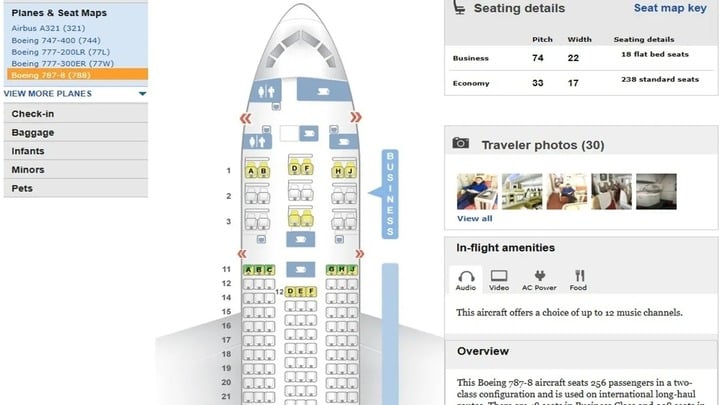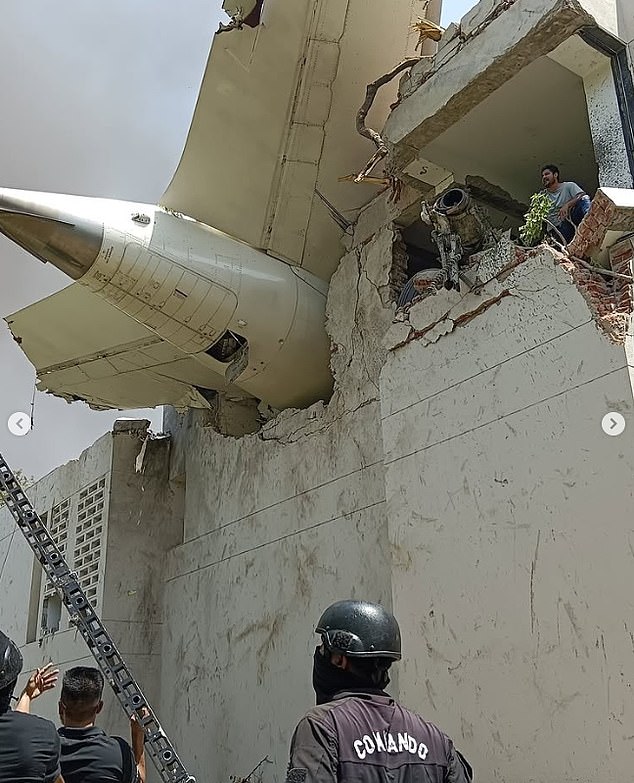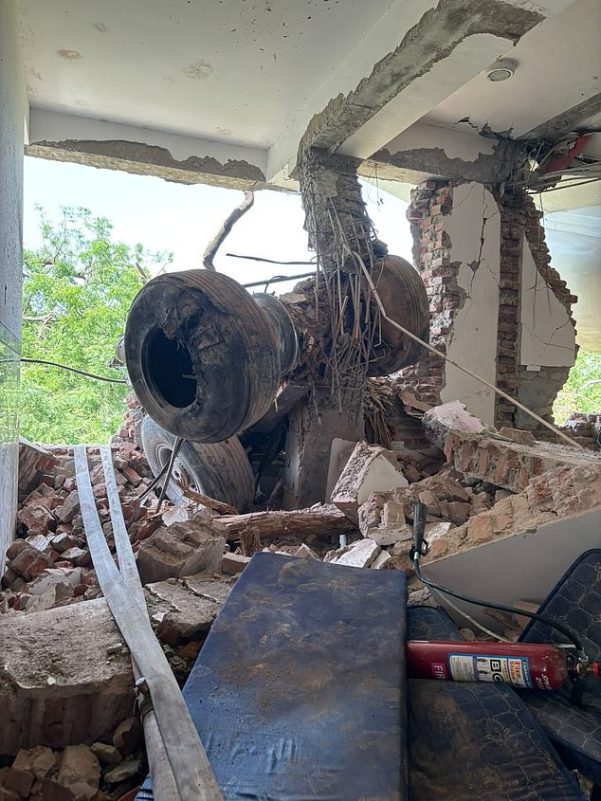Air India Tragedy: Why Did the Passenger in Seat 11A Survive Despite Not Sitting Near the Tail?

In the wake of the devastating Air India crash involving a Boeing 787-8 Dreamliner, the miraculous survival of one passenger seated in 11A has drawn nationwide attention. The aircraft, en route from Ahmedabad to London Gatwick, crashed shortly after takeoff, killing at least 290 people, including those on the ground.
Against the odds, the man in seat 11A was seen in video footage emerging from the wreckage and being escorted to an ambulance. How he survived such a catastrophic incident remains unclear, especially as the aircraft collided with a medical school dormitory on the outskirts of Ahmedabad and burst into flames.
Where is Seat 11A on the Boeing 787-8?
Seat 11A is located in the first row of economy class, directly behind business class. It is a window seat on the left (port) side of the aircraft, relatively closer to the front.
According to India TV News, this positioning may have contributed to the passenger’s survival. Crucially, seat 11A is adjacent to an emergency exit, which could have significantly increased his chances of escape during the post-crash chaos.

Authorities discovered the injured man, identified as Ramesh, at the crash site in a densely populated residential area and transferred him to a nearby hospital.
Survivor’s Account: “I Stood Up and Ran”
Speaking from his hospital bed, Ramesh recounted the terrifying moment:
“Thirty seconds after takeoff, there was a loud noise, and then the plane went down. It all happened so fast,” he told local media. “When I stood up, there were bodies everywhere. I was terrified. I got up and ran. Someone grabbed me and rushed me into an ambulance.”

Ramesh had been visiting family in India and was returning to London, where he lives with his wife and children.
Tragically, he also revealed that his brother, who was seated elsewhere on the plane, remains missing.
Does Seat Location Affect Survival Chances?
Ramesh’s case contrasts with another aviation tragedy in Kazakhstan in December 2024—where most survivors were seated in the rear of the aircraft. This aligns with a longstanding analysis by the U.S. National Transportation Safety Board (NTSB), which found that passengers seated near the tail had a 40% higher chance of survival than those seated elsewhere.
Further studies by Popular Mechanics and Time Magazine support this, noting that statistically, passengers at the rear of an aircraft have better survival outcomes, while aisle seats near the wings tend to have the highest fatality rate.

According to Daniel Kwasi Adjekum, an aviation safety researcher at the University of North Dakota, front seats are popular due to their distance from engines and reduced noise. However, in crash scenarios, the front is often the first to absorb impact, whereas the rear may retain more structural integrity.
Yet exceptions are frequent. In the 1989 United Airlines Flight 232 crash in Iowa, most of the 184 survivors were seated mid-cabin. Similarly, during the 1977 Tenerife disaster—the deadliest in aviation history with 583 fatalities 61 survivors were mainly seated toward the front.
A 2008 University of Greenwich study highlighted that proximity to emergency exits is a more consistent survival factor. Passengers near these exits are more likely to escape quickly, regardless of overall aircraft impact zones.
No “Safest Seat” in Air Travel
Experts, including the Federal Aviation Administration (FAA), caution against assuming any single seat location guarantees safety. Survival depends on a complex mix of crash dynamics, fire, structural failure, and escape timing.

In Ramesh’s case, his survival may have been aided by both his seat’s proximity to an emergency exit and the specific nature of the impact.
While studies suggest rear seating may offer a statistical edge, aviation safety outcomes remain unpredictable. The extraordinary survival of the passenger in seat 11A is a reminder that in aviation disasters, the outcome often hinges not only on seat location but also on timing, structure, and luck.





